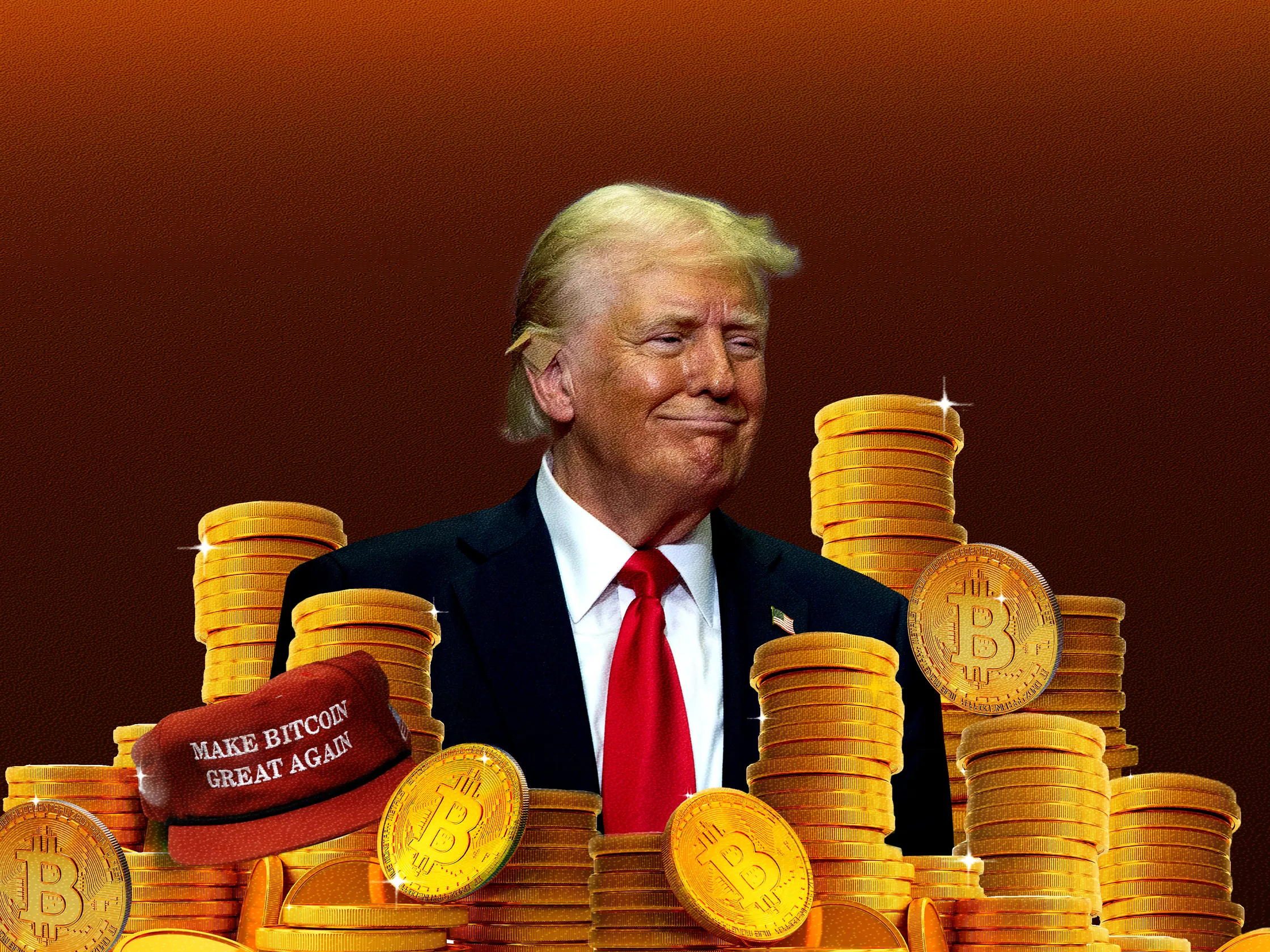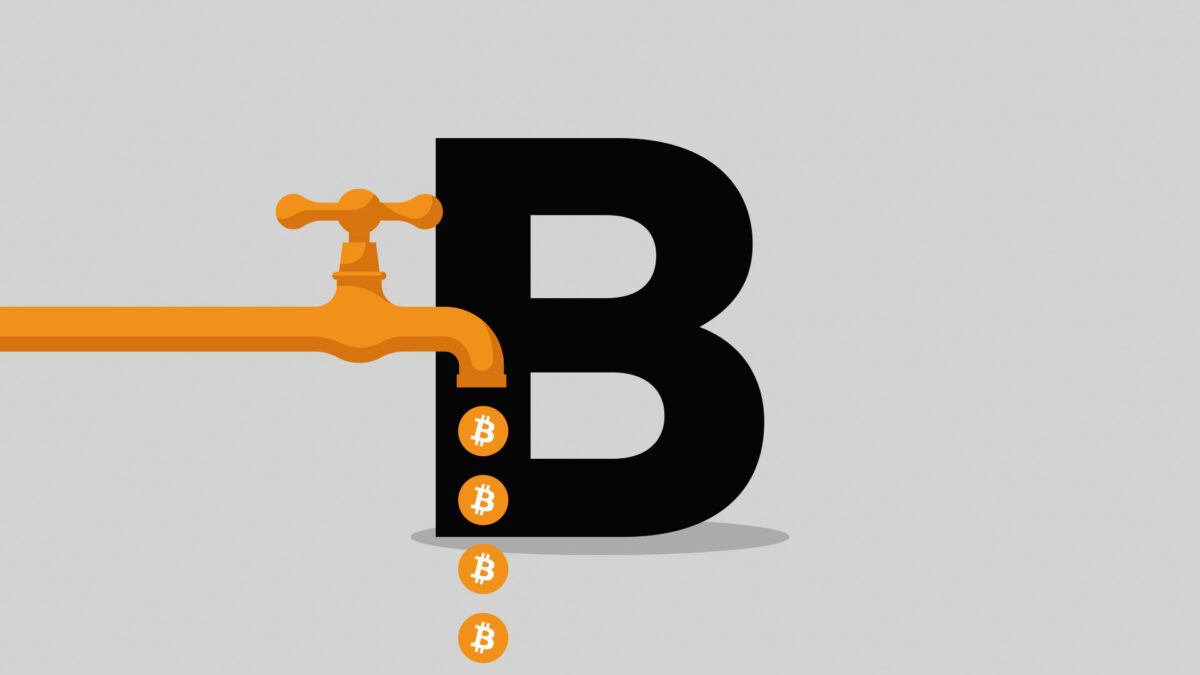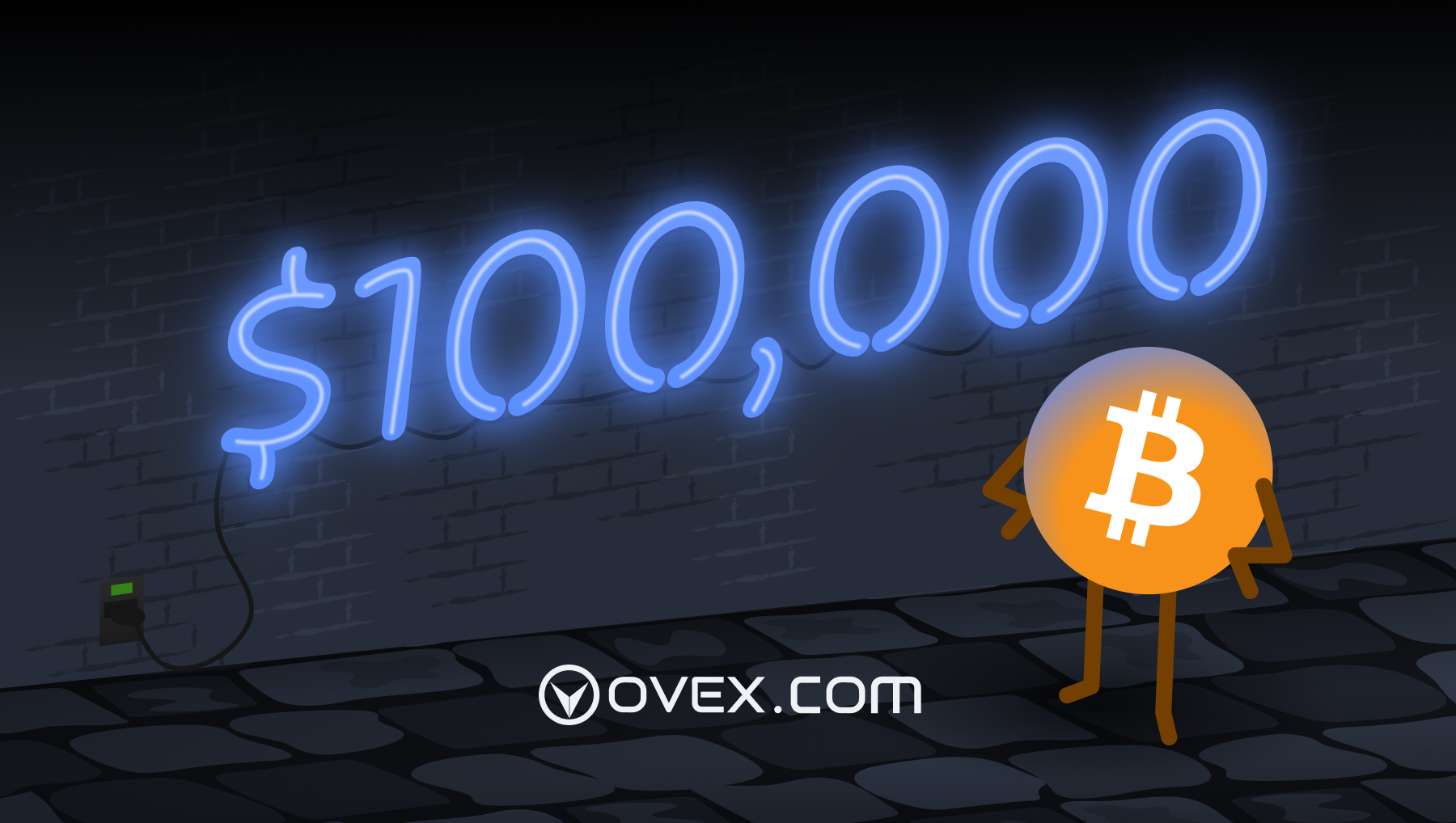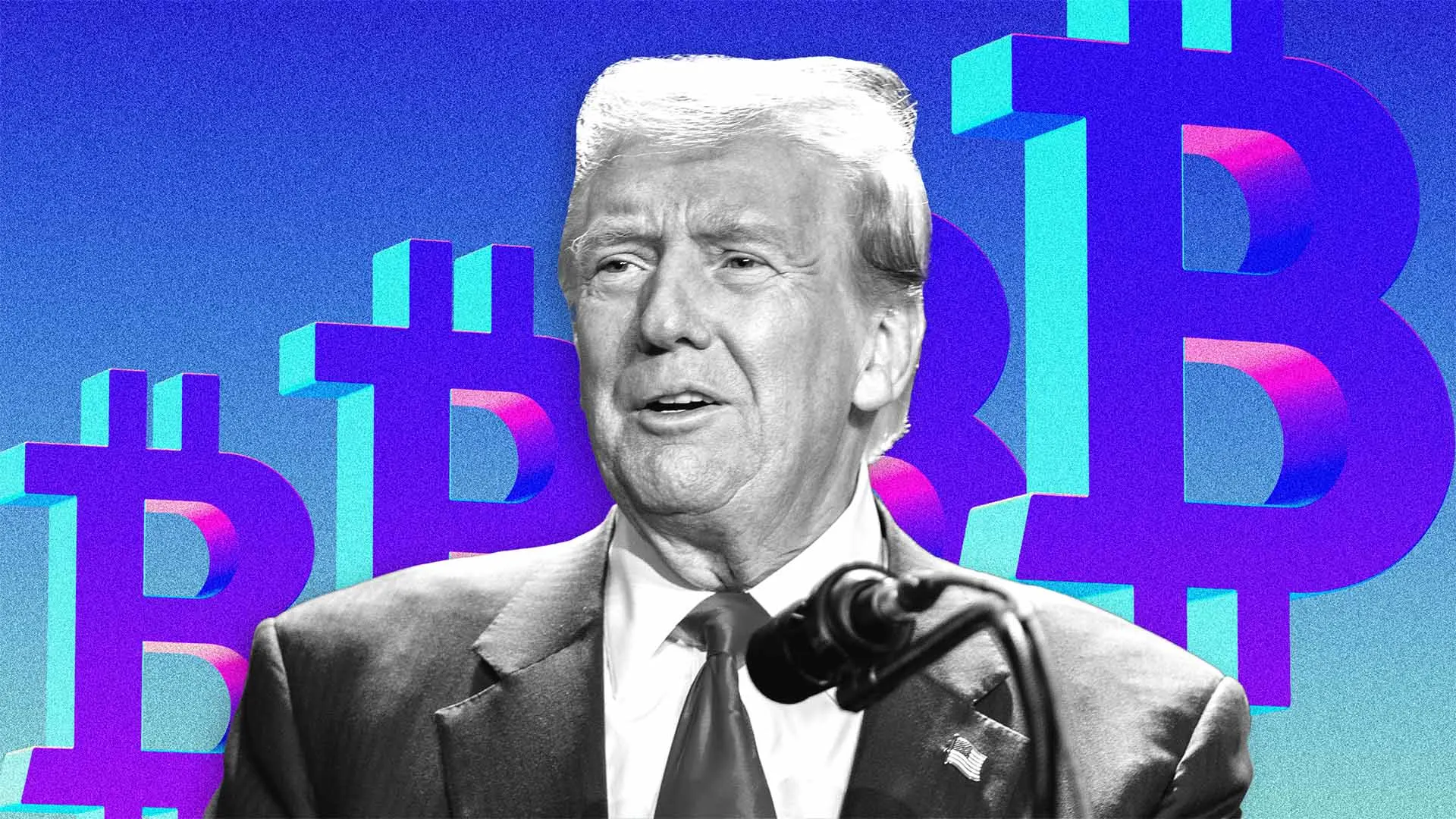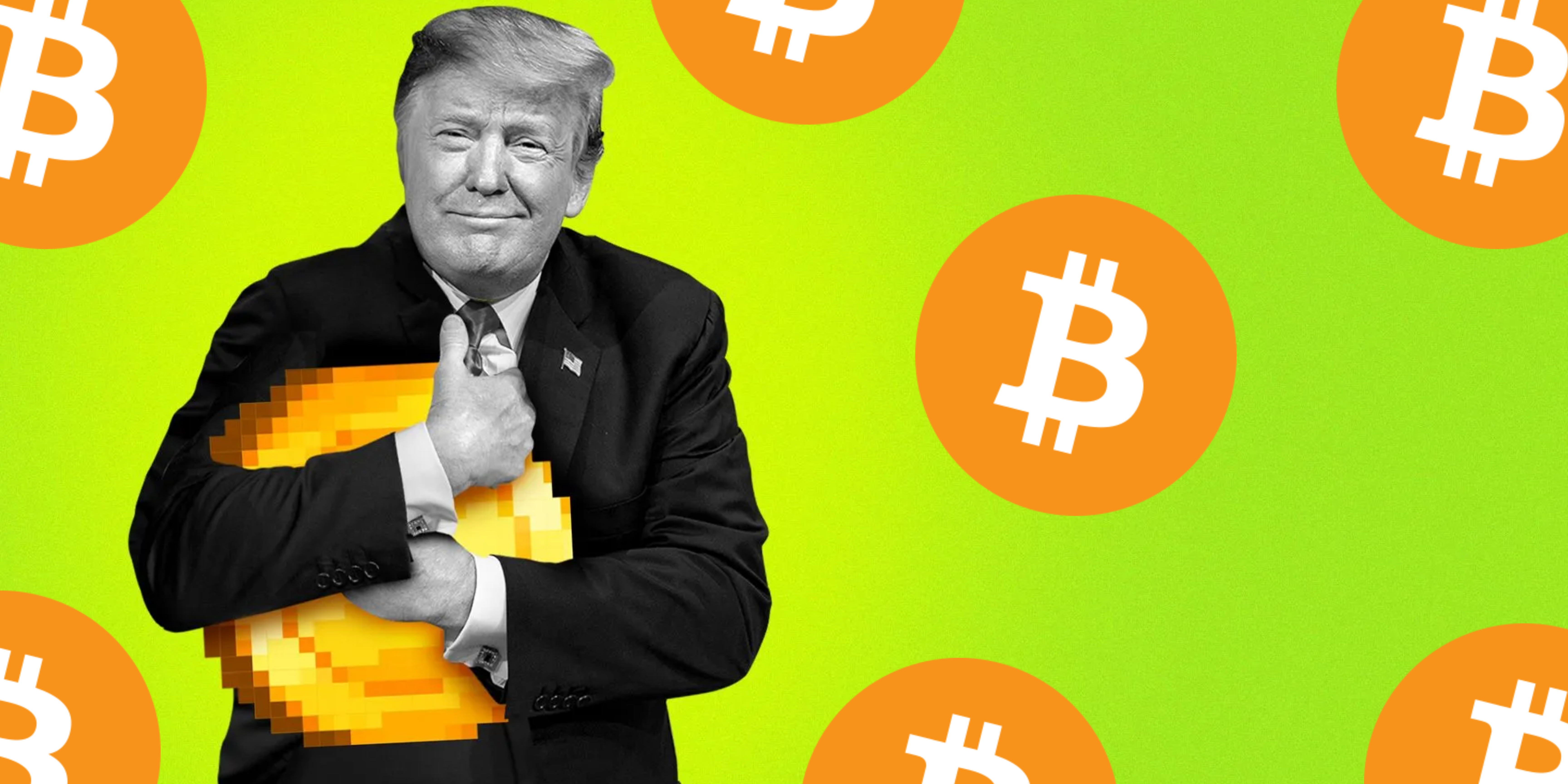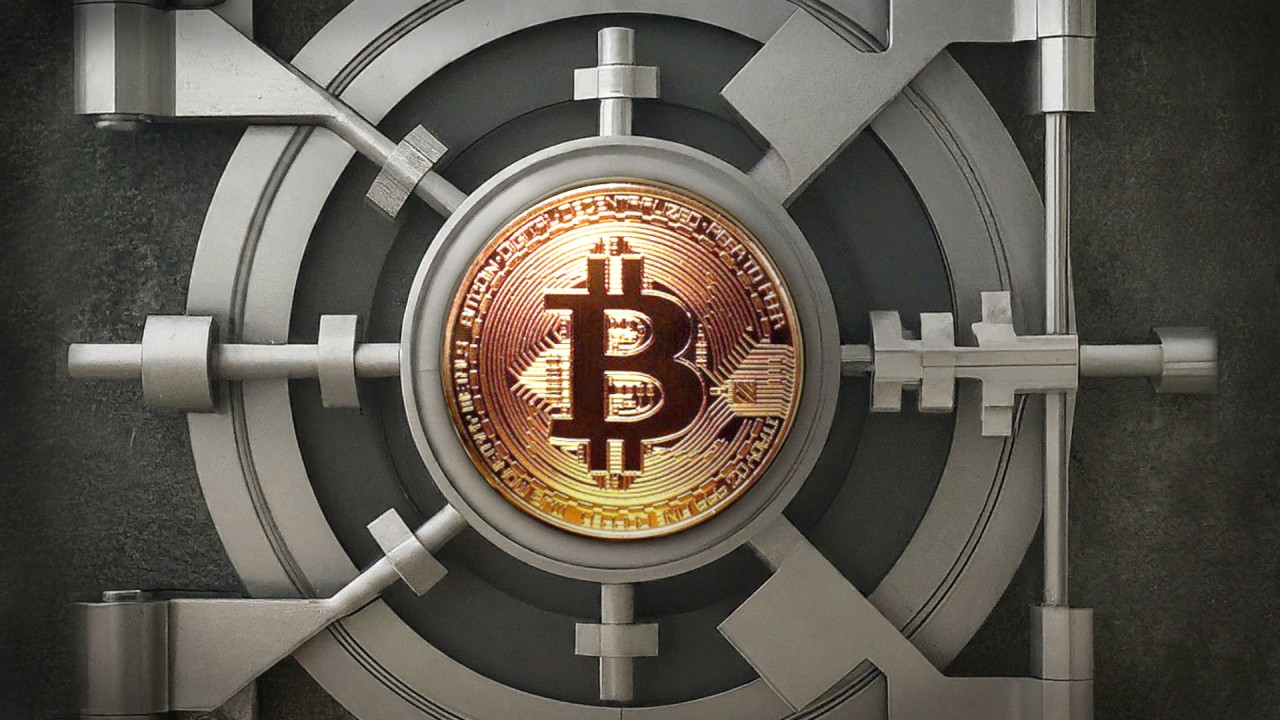What are stablecoins and what impact have they had on both crypto and global finance? In this article we unpack the emergence of stablecoins and why they came about. We also explore how they have grown over the years and what the future may hold.
1. Introduction to Stablecoins
Stablecoins are a type of cryptocurrency designed to maintain a stable value by being pegged to an underlying reserve asset, such as a fiat currency (like the U.S. dollar or the Euro), a commodity (like gold), or a basket of assets. Their stability makes them useful for payments, remittance, and as a store of value, addressing the high volatility often associated with cryptocurrencies like Bitcoin or Ethereum.
Stablecoins have revolutionised the digital asset space by solving the dilemma of building a stable, interconnected and decentralized financial ecosystem on-top of otherwise volatile cryptocurrencies. To solve this problem – stablecoins inherit the stability of real-world assets (like the US dollar), whilst adopting the core technologies that make cryptocurrencies like Bitcoin and Ethereum so attractive – namely instant, transparent, immutable and permissionless transactions.
Dollar stablecoins are widely used as a stable asset for traders during times of market volatility. Traders use them to protect their assets from market gyrations. Instead of converting crypto to fiat, they swap volatile coins for stablecoins, enabling them to remain in the crypto ecosystem – thus allowing traders to quickly move in and out of positions without needing to convert back to fiat currencies.
Overall, stablecoins bring stability, efficiency, and utility to the cryptocurrency ecosystem. There are different mechanisms employed that ensure these stablecoins maintain their peg. These are explored in the next section.
2. Types of Stablecoins
(1) Fiat-Collateralised Stablecoins:
These stablecoins are backed 1:1 by traditional currencies like the U.S. Dollar or Euro. For every stablecoin issued, there is an equivalent amount of fiat held in reserve (in banks or safe, liquid assets like US Treasuries). Stablecoin issuer; Tether, is one of the world’s largest holders of US Treasuries – bigger than those of many nation states!
Key Characteristics:
Collateral Backing: The value of each stablecoin is backed by an equivalent amount of fiat currency held in reserves. For example, for every 1 USDT (Tether) issued, there is theoretically 1 USD held in a reserve bank account.
Centralized Custodian: A central entity, typically a company or financial institution, is responsible for managing the reserves, ensuring sufficient liquidity, and maintaining the peg. This introduces a level of trust as users rely on said custodian’s transparency.
Redemption Process: Holders can redeem their stablecoins for fiat, though this process depends on the issuer’s policies and may involve fees or minimum amounts. Most often than not centralised exchanges have redemption agreements with the issuers and provide the necessary on/off ramp for their clients.
Examples:
USDT (Tether): The most widely used stablecoin, USDT is pegged to the US dollar and has faced scrutiny over its reserve transparency in past-times. Today Tether has put many of these doubts to rest with monthly attestations and comprehensive audits from credible institutions. Tether sits the throne as the largest stablecoin by market cap and trading volume.
USDC (USD Coin): Issued by Circle and Coinbase, USDC emphasizes transparency and compliance, with regular audits of its reserves. USDC is popular amongst institutions due to its regulatory backing.
BUSD (Binance USD): Binance’s stablecoin, which is fully backed by US dollars held in FDIC-insured banks and issued in partnership with Paxos. BUSD has gained significant adoption for both trading and payments.
Pros:
Low Volatility: Maintains a steady value due to the hard fiat backing.
Widely Used: These stablecoins are the most accepted in the crypto ecosystem, with deep liquidity across all major exchanges.
Simple to Understand: Easy for new users to grasp since they directly mirror the value of traditional currencies based on hard reserves.
Cons:
Centralization: The reliance on a central custodian to manage reserves can be seen as a risk for decentralization advocates.
Regulatory Scrutiny: These stablecoins are subject to regulatory oversight and could face restrictions if governments impose tighter rules on issuers.
Transparency Concerns: Some issuers (e.g. Tether) have been criticized in the past for not providing frequent and detailed audits of their reserves.
(2) Crypto-collateralized stablecoins:
Instead of fiat, these stablecoins are backed by other cryptocurrencies. Because crypto is volatile, these stablecoins are often over-collateralized (e.g. $1.50 of crypto backing each $1 of stablecoin) to absorb price fluctuations.
Key Characteristics:
Over-Collateralization: To account for the volatility of the backing crypto asset, crypto-collateralized stablecoins require users to lock up more value in collateral than the stablecoin issued. For example, you might need to deposit $150 worth of ETH to mint $100 of DAI.
Decentralization: Unlike fiat-backed stablecoins, these rely on decentralized smart contracts and protocols to manage reserves, issuance, and redemption without a central authority.
Self-Regulating Mechanisms: Smart contracts automatically liquidate the collateral if its value drops too low to maintain the stablecoin’s peg.
Example:
DAI (MakerDAO): The most prominent decentralized stablecoin, DAI is backed by various cryptocurrencies, primarily Ethereum (ETH). DAI is over-collateralized, meaning users need to lock up more crypto than the value of DAI they mint. The MakerDAO system uses smart contracts to ensure stability by adjusting collateral ratios and initiating liquidations if needed.
Pros:
Decentralization: These stablecoins are seen as more aligned with the ethos of blockchain by removing reliance on centralized entities.
Transparency: All collateral is on-chain and publicly verifiable, meaning users can audit the reserves in real-time.
Resilient to Fiat Regulation: Because they aren’t backed by traditional assets, crypto-collateralized stablecoins may be less affected by regulatory crackdowns on fiat-backed assets.
Cons:
Complexity: Over-collateralization can be harder to understand for new users. Additionally, managing collateral can be cumbersome and requires active monitoring.
Inefficiency: Locking up more value than the stablecoin issued (e.g., needing $150 of ETH to back $100 of DAI) is capital-inefficient.
Volatility Risk: If the value of the collateral falls too quickly, the system may struggle to maintain the peg, leading to forced liquidations.
(3) Algorithmic stablecoins:
These stablecoins aren’t backed by any collateral. Instead, they maintain price stability through smart contracts that automatically adjust supply and demand, issuing or burning tokens as needed to maintain the peg.
Key Characteristics:
No Collateral: Unlike fiat- or crypto-backed stablecoins, algorithmic stablecoins do not hold reserves. Instead, they maintain their peg by leveraging market incentives, smart contracts and market dynamics to stabilize prices.
Elastic Supply: When the stablecoin price is above the peg (e.g., above $1), the protocol mints new coins to increase supply and lower the price. When the price is below the peg, the protocol buys back or burns coins to reduce supply and push the price back up.
Example:
TerraUSD (UST) & LUNA: Before its collapse, UST was an algorithmic stablecoin that maintained its peg through a system of arbitrage incentives with Terra’s native cryptocurrency, LUNA. If UST’s price fell below $1, users could burn UST for LUNA, reducing the supply of UST and bringing the price back to the peg. Conversely, if UST rose above $1, users could mint more UST by burning LUNA, increasing the supply and lowering the price. However, the system ultimately failed during a market collapse, leading to the de-pegging of UST and a crash in LUNA’s value. The founder of the once-mighty stablecoin was subsequently arrested and jailed for making claims about the stability of the project that were baseless.
Pros:
Decentralization: Some algorithmic stablecoins aim for decentralization by removing the need for custodians or collateral management.
Capital Efficiency: Since no reserves are required, algorithmic stablecoins can expand and contract based purely on algorithmic rules, avoiding the inefficiencies of collateral-backed models.
Cons:
High Risk: The failure of algorithmic stablecoins like UST has shown that maintaining a stable peg without collateral can be highly unstable and prone to collapse in adverse market conditions. This has lead to many experts in the crypto-sphere shunning this model of stablecoins as the stability of the entire ecosystems is built upon the assumption that there will be a solid baseline level of demand for both the stablecoin and the governance token.
Lack of Proven Success: There are few algorithmic stablecoins that have consistently maintained their peg over a long period.
Complexity: The mechanisms used to stabilize these coins can be difficult for the average user to understand, leading to skepticism or reluctance to use them.
(4) Hybrid Stablecoins
Some projects attempt to combine features from multiple categories. For example, a stablecoin could use a mix of collateral and algorithmic mechanisms to achieve stability. This category is still evolving but could offer interesting solutions to the limitations of each model.
Example:
Ethena’s USDE: This Hybrid stablecoin uses a delta-neutral portfolio of long spot and short derivative positions of collateral deposited – which is usable across various Decentralized Finance (DeFi) protocols to maintain peg. This collateral is in the form of Ether which is controlled by an autonomous on-chain mechanism that allows the system to dynamically adjust collateral requirements or incentives for users to either add more collateral or reduce the supply of USDE in case of significant market fluctuations.
Which Model is Best?
Each type of stablecoin offers unique benefits and trade-offs. Fiat-collateralized stablecoins are the most widely used and understood but face centralization as well as regulatory challenges. Crypto-collateralized stablecoins align more with the decentralization principles of the crypto-sphere but are less capital efficient and have yet to reach critical mass. Algorithmic stablecoins are innovative but risky, as shown by high-profile failures like UST. These are unlikely to become a permanent feature of the crypto-asset space. Hybrid stablecoins are still in their early stages, however these hold great potential by balancing safety with innovative approaches to stability and utility.
3. The Importance of Stablecoins in the Crypto Ecosystem
Liquidity Provision:
DeFi platforms rely on deep liquidity to function. Stablecoins provide much of this liquidity, allowing decentralized exchanges, lending platforms, and other financial products to operate smoothly. Stablecoins today are the de-facto quote asset for DeFi markets.
Stable Store of Value:
In a highly volatile crypto market, stablecoins act as a safe haven, allowing users to lock in their profits or shield their funds during market downturns without exiting the ecosystem.
Facilitating Lending and Borrowing:
Stablecoins are integral to DeFi lending and borrowing. Borrowers can take out loans in stablecoins, ensuring they receive a predictable amount that doesn’t fluctuate with market conditions. Lenders, in turn, earn interest on loans without exposing themselves to crypto price volatility.
Smart Contracts:
Many DeFi protocols use stablecoins as the currency of choice for executing smart contracts. Their stable value allows for more reliable and accurate execution, especially when it comes to smart contracts that require long-term obligations.
4. Regulation and Compliance
Stablecoin regulation has become a critical topic as governments grapple with how to oversee this +$170 billion ecosystem. One of the most contentious points in these discussions is whether stablecoin issuers should be confined to traditional banking institutions or at least subject to rigorous, bank-like oversight. Proponents of this approach argue that since stablecoins serve a quasi-banking function, particularly in facilitating payments and storing value, their issuers should meet the same high standards for reserve management, transparency, and risk mitigation. This means not only having their reserves audited regularly but also ensuring that custodians holding these reserves are trustworthy, well-capitalized, and capable of weathering market volatility.
Risks to financial stability are a major concern when it comes to stablecoins. The growing role of these assets in the global financial system means that a failure of a major stablecoin could have ripple effects across markets. This concern has led to calls for stricter regulation to ensure that stablecoin issuers remain compliant with reserve requirements, mitigate systemic risks, and are prepared for sudden surges in redemptions. Regulatory crackdowns are a possibility if compliance does not evolve to meet these concerns, which may drive many stablecoin issuers to either strengthen their frameworks or face limitations on their operations.
Without clear and frequent auditing, the market risks losing trust in the stability of these coins, which could lead to de-pegging events and market disruption. Therefore, regulatory frameworks that enforce strict transparency and reserve requirements will be key to ensuring the long-term viability of stablecoins in the global financial system.
5. The Role of Stablecoins in Decentralized Finance (DeFi)
Liquidity Provision: How stablecoins are key in providing liquidity in DeFi protocols like Uniswap and Aave
Stablecoins play a pivotal role in decentralized finance (DeFi) by serving as a stable medium of exchange and a key asset for liquidity provision. In DeFi protocols like Uniswap and Aave, stablecoins are widely used to provide liquidity in various trading pairs and lending pools. Because stablecoins maintain a consistent value, they allow users to trade or borrow assets without being exposed to the extreme volatility seen in other cryptocurrencies. This stability is crucial for ensuring efficient, low-risk transactions within DeFi, and it helps to enhance overall liquidity, making decentralized exchanges and lending platforms more functional and reliable.
Yield Farming and Staking: Opportunities to earn yield on stablecoins in DeFi
In addition to liquidity provision, stablecoins also offer significant opportunities in yield farming and staking. Users can deposit stablecoins into DeFi protocols and earn returns through interest or token rewards, often at attractive rates compared to traditional finance. Yield farming, for instance, allows users to earn a return by lending stablecoins to protocols, while staking involves locking stablecoins into a network to support its operations in exchange for rewards. However, these opportunities come with risks, including smart contract vulnerabilities, market instability, and the possibility of impermanent loss. Despite these risks, stablecoins remain one of the most popular assets in DeFi, providing users with a stable and accessible means of participating in this innovative financial ecosystem.
6. The Future of Stablecoins
Interoperability: Interoperability is crucial for stablecoins to maximize their utility across various blockchain ecosystems. For example, USDC’s integration on Solana, Ethereum, and Algorand allows for seamless transfers and usage across these networks, enhancing liquidity and accessibility for users and businesses alike. This cross-chain functionality is key to fostering a more interconnected decentralized economy.
Innovation and Use Cases: Stablecoins continue to unlock new use cases, particularly in emerging areas like gaming, NFTs, and tokenized assets. They’re increasingly being used for global trade, offering a stable digital alternative to traditional fiat payments, reducing transaction costs, and streamlining cross-border payments.
Risks and Challenges: Despite their growing adoption, stablecoins face several risks, including regulatory uncertainty, particularly around compliance and financial stability. Many stablecoins rely on centralized entities for collateral management, raising concerns about transparency and centralization. Additionally, they may be exposed to technological vulnerabilities, such as smart contract risks and network outages.
7. Real-World Impact
Adoption in Developing Countries: Stablecoins have become a lifeline in countries facing hyperinflation and weak banking systems, such as Venezuela and Argentina. Citizens use stablecoins like USDC and USDT as a store of value to escape the rapid devaluation of local currencies. These digital assets provide access to more stable financial alternatives, helping people preserve wealth and conduct everyday transactions without relying on volatile fiat currencies or unstable banking systems.
Corporate Use: Corporations are increasingly using stablecoins for treasury management and cross-border payments due to their ability to settle quickly and reduce currency conversion costs. Much of the trade financing across the African continent is managed through USDT, allowing businesses to mitigate currency risk and streamline cross-border transactions. Companies like Visa and PayPal have begun to facilitate transactions in stablecoins, signalling broader institutional adoption for efficient global payments.
8. Market Players
The stablecoin market is dominated by key players, each bringing distinct competitive advantages and serving different segments of the global financial ecosystem.
Tether (USDT): Tether is the largest stablecoin by market capitalization and profitability. With a small team of about 100 employees, Tether generated more profit in 2023 than BlackRock, the world’s largest asset manager, which employs over 20,000 people. Tether’s dominance stems from its integration with market makers, strong liquidity, and its product-market fit, particularly among users who cannot access U.S. dollars directly – a major issue in emerging markets. In the past Tether’s opaque reserve management and limited audit transparency raised concerns. But today it is considered a high fidelity product quickly redefining global finance. Tether remains the preferred stablecoin for trading and storing value in many regions outside the U.S., where access to traditional financial infrastructure is limited.
USD Coin (USDC): Launched in 2018 by Circle, USDC has carved a niche as the stablecoin of choice for institutional users, known for its regulatory compliance and transparency. Managed by the Centre consortium (Circle and Coinbase), USDC offers regular audits of its reserves and boasts ease of redemption, a feature many traders appreciate—users can redeem as little as 100 USDC for fiat, compared to Tether’s 100,000 USDT minimum. USDC has become the leader in transaction volume, particularly in the United States, where businesses and financial institutions often choose it for its regulatory soundness and seamless integration into U.S. banking systems.
Paxos: Unlike Tether and USDC, Paxos has taken a unique approach by positioning itself as a stablecoin infrastructure provider rather than directly scaling its own coin. Paxos powers several stablecoins, including Binance USD (BUSD) and other tokenized assets, while maintaining a strong focus on compliance and infrastructure. This strategy allows Paxos to serve multiple clients across different verticals, contributing to the growth of various stablecoins while minimizing risk exposure. Its focus on regulatory rigor has helped it secure partnerships with major financial institutions looking to enter the stablecoin space.
These players highlight the evolving dynamics of the stablecoin market, where regulatory compliance, redemption ease, and global usability continue to shape competition and adoption.
9. Revenue Models
To ensure the ability to return customers’ funds, it is imperative to hold cash assets, and this is where money lies. Rather than simply holding deposited dollars in cash for customers to exchange back and forth, stablecoin issuers invest in short-term government bonds or other liquid assets, sometimes even acquiring gold or Bitcoin. Holding liquid assets typically classified as safe is crucial not only for facilitating immediate reimbursements when customers withdraw dollars but also for instilling trust possessing secure assets, which can avert a bank run. This is why Tether is one of the world’s largest holders of US T-bills (Short-term securities that mature in one year or less.)
In 2023 alone, Tether recorded a net profit of $6.2 billion, with a profit of $1 billion in the fourth quarter, primarily due to the rise in short-term U.S. bond interest rates and the prices of Bitcoin, gold, and other assets. Merely holding onto short term T-Bill has enabled Tether to consistently generate a passive income – so long as people continue to use USDT.
10. Conclusion
As the stablecoin market continues to evolve, regulatory frameworks will play a crucial role in ensuring their long-term viability and maintaining user trust. By addressing concerns around transparency and systemic risk, stablecoins can solidify their position as a cornerstone of the digital economy, empowering users and fostering innovation in a rapidly changing digital financial landscape.
DISCLAIMER: Dealing or trading in cryptocurrency carries risk. By dealing or trading in cryptocurrency you assume the inherent or associated risks arising from the volatility of cryptocurrency and its limited use in the mainstream marketplace, including loss of capital. Trading in cryptocurrency may not be suitable for all persons. Past returns or performance of any cryptocurrency are not a reliable indicator for future returns. This is not financial advice and is not an invitation to trade. Ovex (Pty) Ltd is an Authorised Financial Services Provider (FSP 53922) and a registered credit provider (NCRCP15552).



